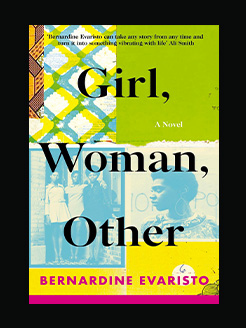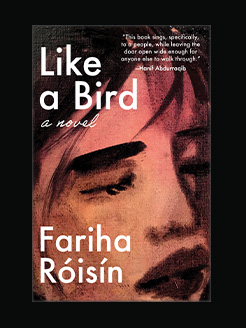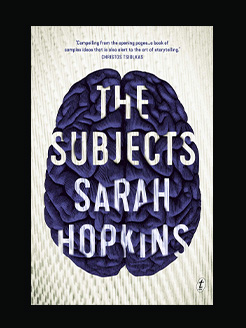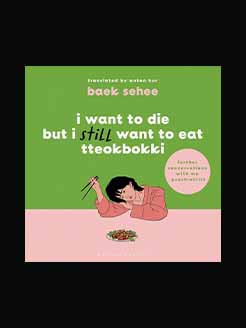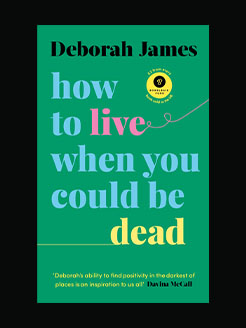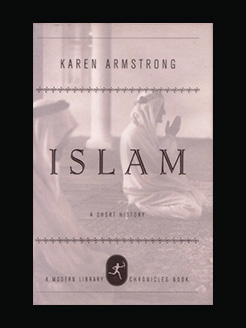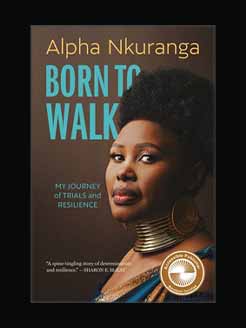Published in 2019
256 pages
Tanisha C. Ford is a foremost voice, speaking at the intersection of politics and culture. She is an award-winning writer, cultural critic, and Associate Professor of Africana Studies & History at the University of Delaware. Tanisha is also a co-founder of TEXTURES, a pop-up material culture lab creating and curating content on bodies and the built environment. Her commitment to social justice and communities of color is evident in everything she produces.
A native of a mid-sized Midwestern city most people have never heard of, Tanisha enjoys researching the histories of often-overlooked people and places. Her work centers on social movement history, feminism(s), material culture, the built environment, black life in the Rust Belt, girlhood studies, and fashion, beauty, and body politics. She makes connections between the past and the present in ways that shed refreshing new light on contemporary cultural and political issues.
What is this book about?
From sneakers to leather jackets, a bold, witty, and deeply personal dive into Black America’s closet In this highly engaging book, fashionista and pop culture expert Tanisha C. Ford investigates Afros and dashikis, go-go boots and hotpants of the sixties, hip hop’s baggy jeans and bamboo earrings, and the #BlackLivesMatter-inspired hoodies of today.
The history of these garments is deeply intertwined with Ford’s story as a black girl coming of age in a Midwestern rust belt city. She experimented with the Jheri curl; discovered how wearing the wrong color tennis shoes at the roller rink during the drug and gang wars of the 1980s could get you beaten; and rocked oversized, brightly colored jeans and Timberlands at an elite boarding school where the white upper crust wore conservative wool shift dresses.
Dressed in Dreams is a story of desire, access, conformity, and black innovation that explains things like the importance of knockoff culture; the role of “ghetto fabulous” full-length furs and colorful leather in the 1990s; how black girls make magic out of a dollar store t-shirt, rhinestones, and airbrushed paint; and black parents’ emphasis on dressing nice. Ford talks about the pain of seeing black style appropriated by the mainstream fashion industry and fashion’s power, especially in middle America. In this richly evocative narrative, she shares her lifelong fashion revolution—from figuring out her own personal style to discovering what makes Midwestern fashion a real thing too.
